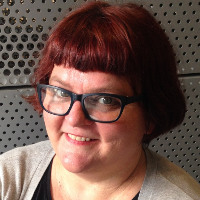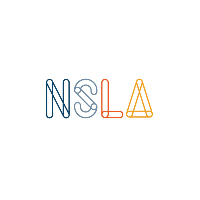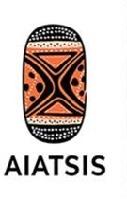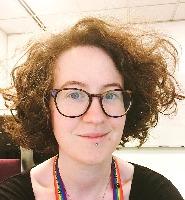Blog
Unless otherwise stated, content is shared under CC-BY-NC Licence
University of Adelaide Library’s Digital Preservation Journey – plotting out the path ahead
Alexis Tindall is Digital Innovation Manager at the University of Adelaide
In March 2020 the University of Adelaide Library became the Digital Preservation Coalition’s 100th member, becoming part of an emerging Australasian presence for the DPC. In addition to supporting learning, teaching and research at the University of Adelaide, our Library encompasses the University’s archives, rare books and manuscripts, and art and heritage collections. As such, we care for important and growing digital collections, including research data, business records, audio-visual material, archived web content and other material. Joining the DPC has been an opportunity to align and focus our approach to digital preservation to ensure a planned and consistent program of preservation strategies, to ensure ongoing safety and utility of these resources, supported by improved documentation and workforce capabilities.
Nine months in the DAIR and living up to the name
Tim Mifsud is Digital Archives Project Officer at the National Archives of Australia
The National Archives of Australia is focused on building its capacity for digital archiving, both in terms of technology and its people. Part of that plan has been the establishment of the Digital Archives Innovation and Research section – and as members of the section, nothing fits us better than the acronym of DAIR. Yet who, and what, is DAIR? This is a new section, formed in July 2020 to help the National Archives achieve its vision of being a world leading archive in this digital age, with a focus on investigating digital preservation techniques and processes, as well as building digital archiving capability within the Archives. James Doig, Carey Garvie and Bridget Dexter were the first members, joined by Rowena Loo as Director and Tim Mifsud later in 2020.
DPC RAM (version 2) - what has changed and why?
This week, version 2 of DPC RAM, our Rapid Assessment Model was launched (including a new DPC RAM logo courtesy of Sharon McMeekin).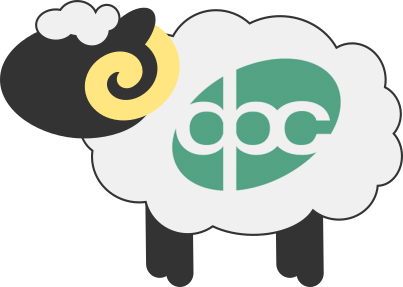
This blog post describes what has changed and why.
When DPC’s Rapid Assessment Model was first launched in September 2019 we were aware that future revisions would be required to keep it up-to-date. In an evolving field like digital preservation, good practice develops over time and the models by which we measure ourselves should also change in order to remain relevant.
2020: A journey through 12 months with the Australian Society of Archivists
Michaela Hart is Digital Archivist at Department of Health and Human Services in Australia and Councillor for the Australian Society of Archivists.
I’m getting a little twitchy for travel, something I’m sure many of you are also feeling. I thought I’d take you on a little journey around Australia and see what the Australian archives community has been getting up to during these times.
NSLA’s Digital Preservation Network: Looking ahead in 2021
This post is by Matthew Burgess and Joanna Fleming; Digital Preservation Network co-leads for NSLA, and Aimee Said; NSLA Program Coordinator
National and State Libraries Australia (NSLA) is the peak body for Australia's nine national, state and territory libraries. Through collaboration, we deliver better collections, solutions and customer experiences than each library can do individually.
We also share our knowledge and expertise to increase the professional capability of our staff and to build a workforce for the future. NSLA staff networks form a key pillar of this strand of work. Networks are designed for professional development; information sharing; sharing of practical skills, methodologies and tools; and peer support.
The Digital Preservation Network is comprised of practitioners from all NSLA libraries. The network meets online quarterly to share updates and discuss issues of shared interest or concern. Digital preservation is at varying stages of maturity in NSLA libraries, with some having established preservation systems, policies and workflows and others still in the early stages.
While NSLA network members are also involved in DPC and Australasia Preserves, there are some issues-in-common that particularly benefit from sharing among those working within collecting institutions with similar remits and concerns. Our focus areas in 2021 are:
- Preservation planning and policy
- Workflows and technology for preserving materials held on obsolete physical digital carriers
- Preserving complex born-digital collections
- Audiovisual metadata and ingest.
The state libraries of Queensland, Western Australia, New South Wales and the National Library are also actively involved in planning with universities and cultural organisations across Australia for future emulation infrastructure, in a project led by Swinburne University.
The following updates, from a selection of NSLA libraries, give a taste of the range of digital preservation activities in process:
Digitising the AIATSIS lantern slide collections
Daniel Walding is Senior Photographic Technician for Australian Institute of Aboriginal and Torres Strait Islander Studies
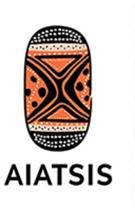 Lantern slides are a unique format that were in wide use from the 18th to mid-20th century and allowed glass photographic transparencies to be displayed using a magic lantern projector. They were often shown to large groups of people as a form of entertainment, and are referred to as a precursor to cinema. Content was often enhanced with hand colouring and oration to provide a narrative.
Lantern slides are a unique format that were in wide use from the 18th to mid-20th century and allowed glass photographic transparencies to be displayed using a magic lantern projector. They were often shown to large groups of people as a form of entertainment, and are referred to as a precursor to cinema. Content was often enhanced with hand colouring and oration to provide a narrative.
AIATSIS has around 850 lantern slides across 18 sub-collections in its Pictorial Collection. The majority of these slides were collected and used by missionaries including Ernest Brainwood, Herbert Read and Arthur Mathews from the early 1900s to the mid-1940s. These document the people and activities undertaken at UAM (United Aborigines Mission) and other missions across Australia.
Shooting at a moving target
Rachel MacGregor is Digital Preservation Officer at the Modern Records Centre, University of Warwick.
This blog is a version of the presentation I gave at the DPC Briefing Day on Preservation Planning and Technology Watch in February 2021.
One of the most exciting (or is that offputting?) things about digital preservation is that things don’t stay still – new formats and software are appearing all the time. The sheer variety of formats out there and which are continuing to be developed can make the task of “keeping up” with technological advances seem overwhelming. There’s a massive temptation to leave the problem to someone else – either the provider of your preservation software or maybe to your successors.
DO NOT GIVE IN TO THAT TEMPTATION!
Navigating work through Zoom séances
Audrey Drohan is Digital Library Manager at University College Dublin
UCD Digital Library went into ‘Work From Home’ mode on Friday 13th March 2020, and it was quite a surreal transition. One minute I was in the building with all of my colleagues, putting a few things into Google folders for the two weeks we were going to be out of the office, and the next minute my office became a roving location in my house: first the kitchen, then the sitting room, and finally the spare room. A few things threw me initially: my five-year-old trusty personal laptop was suddenly getting lots of new software that it was not happy with, and it could not cope with the work that my higher spec workstation handles with ease; there was no printer, which in hindsight, is probably a good thing; I was battling neighbours for broadband; my amazing colleagues were miles away; the VPN connection was appalling; and everything just changed.
Being immersed in the digital world meant I could transition most of my work easily enough, but suddenly everything became harder and slower to do. Data transfers felt like they took years. Suddenly storage on my local machine became an issue. And then Zoom entered my life.
The Year That Was - Monash University
Ali Hayes-Brady is Digital Archivist at Records and Archives Services, Monash University
A little over a year ago, when the world began to shut down, the DPC Australian and Asia-Pacific Office had its launch party. It was the last real “event” I attended in person for almost an entire year and it was wonderful. When asked to write a blog for DPC from Monash University’s perspective I thought it would be a nice time to reflect on the year that was – both joining this wonderful community and what we’re hoping to do in the future.
HES Archives: Future-proofing Scotland’s Heritage in the Digital Age
This blog was written by Frederick Alexander (Archivist, Digitisation) and Iram Safdar (Digital Archivist), from Historic Environment Scotland
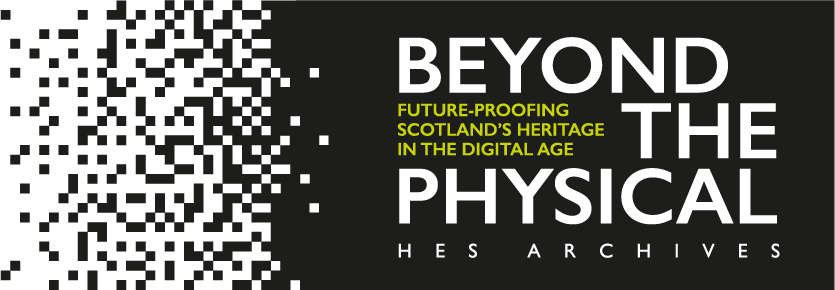
What do a Dutch shipwreck and file format migration all have in common? These topics might seem dissimilar, but they were both a part of a four-year project in Historic Environment Scotland’s Archive.
In 2018 Historic Environment Scotland Archives launched a digital project with the goal of making 750,000 new digital records available for public access through the Canmore website. This project has generated digital records through digitising our physical collections, as well as cataloguing our externally deposited born-digital records. Additionally, this project has improved organisational knowledge of digital preservation through advocacy, research, and cross-departmental collaboration.













































































































































